This is HP's first color 3D printer. It makes APA full color Nylon objects from flowers to tow chains with nearly the strength of injection molded parts, and is remarkably inexpensive. On this project I applied thermal modeling of the process to optimize performance, developed optical sensors, test equipment, and software for the 5KW lamp, resolved a variety of print quality challenges, and monitored skunk works lab safety. This product, as with all the others at HP, was developed by an absolutely superb engineering team and was a lot of fun!


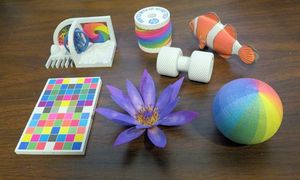
At IBM I designed large copiers and printers for many years, notably the IBM 3825 (far right). Recently I designed high production inkjet printers for HP, until I moved to their new 3D printer program. A portion of my work is analytical modeling of mechanical systems, resulting in significant product design changes. I also performed mechanical design, instrumentation, metrology, wrote manufacturing software, and troubleshot a wide variety of technical problems.
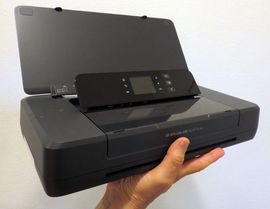
Full-page HP portable printer
Office Jet Pro 8600
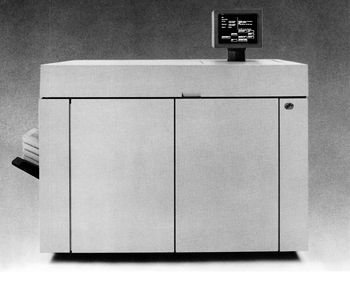
IBM 3825 laser printer
This station was designed for a private customer in Honolulu, and a second unit was built in Japan. It tracks low-orbit satellites for weather research.
Pointing accuracy is 3 minutes of arc in a strong wind, and the natural frequency measured 20 Hz. It sold for a small fraction of the price of competing units, and exceeded its design life by a wide margin.
I designed the entire device solo, excluding the purchased dish, in about 6 months, with a 2D Cad package. Work included all aspects of design, sourcing, and modeling. The first unit built fit together perfectly and worked flawlessly.
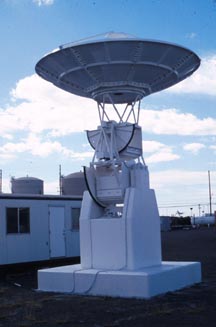
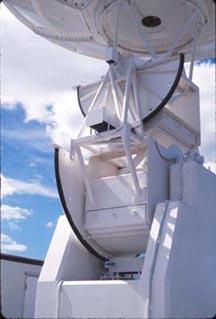
This expandable 700 liter unit provided ASU researchers a testbed for algae growth, and provided cost and maintenance data for larger installations. I designed and built this project, solo, within cost and schedule targets
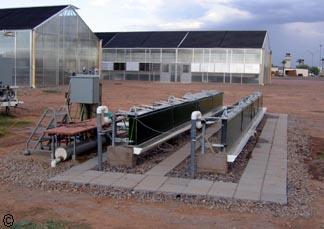
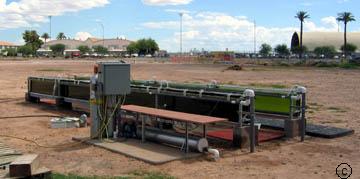
There was a time when lasers were still expensive, and other means of generating electrostatic images were sought. After reviewing patent literature and recommending a technology, I received an internal IBM grant to design and build a miniature ion deposition printhead. This first sample was printed at 10 inches per second, and demonstrated capability for state-of-the-art resolution. At the time this was a cost effective technology, but after projecting costs into the future I recognized lasers would ultimately win, and recommended in favor of laser printer development.

The new "dual" state variable formulation (DSV) allows nonlinear dynamic systems to be organized with unprecedented symmetry in the same framework usually used with linear systems. It produces some of the most accurate models of behavior available for nonlinear oscillators, and serves as a capable alternative to perturbation methods. Future applications will likely be in control systems. I formulated it under the guidance of my excellent doctoral advisor Dr. Willem Stuiver, and details are in our publications.

Solutions for the nonlinear Pendulum
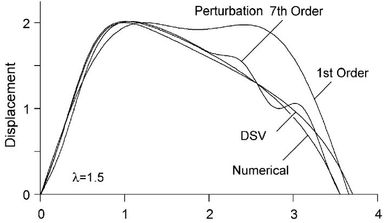
Solutions for the van der Pol oscillator
A major part of my work is mathematical and physical modeling to solve engineering problems and optimize product designs. Typically the equations are programmed in spreadsheets or presented in design guides for engineers. In one recent example, I modeled paper behavior under a printhead, significantly changing previous design practice, bringing HP's new OfficejetPro 8600 printers into compliance with smear and skew specifications. Most recently, I wrote an effective, detailed thermal model of the HP MJF 3D printing process that successfully and rapidly predicted the effects of design choices. It directly resulted in raising perfect part yields from 15% to 100%.

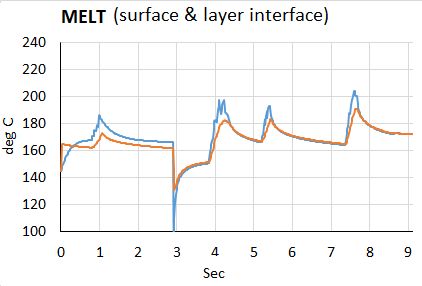
I began using electric fields to organize carbon micro-fibers in resins, with the intent of making stronger laminations in composites and otherwise improve performance. Bare carbon chains affect the E field to limit fiber density, but this was improved with fiber coatings. Applications expanded to include stiffening proton exchange membranes used in fuel cells, and novel manufacturing techniques for them. The photo shows carbon fibers aligned in a clear plastic resin. This funded work at ASU was interrupted when I returned to industry, but the IP was purchased by Intel as part of a basket of technologies it acquired from ASU.
